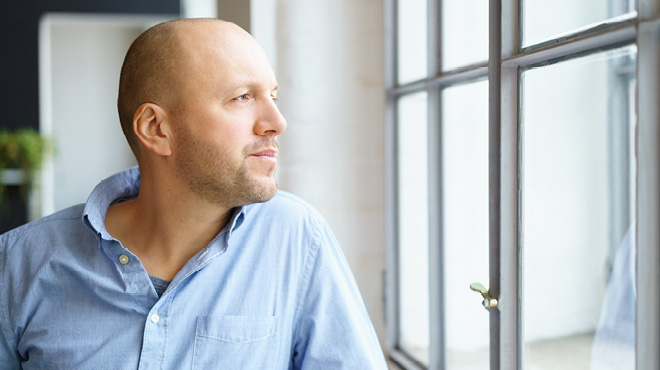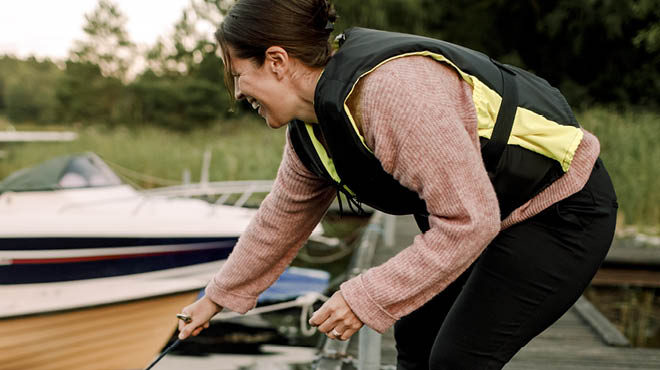Targeting pain with restorative neuromodulation

The field of pain medicine traditionally has been a specialty associated with palliative treatments. Therapies were designed to treat a symptom or pain rather than correct an underlying condition causing the symptom.
Over the last decade, a shift in focus has transitioned to include minimally invasive treatments to improve or correct an underlying painful condition. Among these new treatments, one of the most exciting involves restorative neuromodulation.
Addressing painful symptoms
In the past, neuromodulation in pain medicine has been defined by implanted electrical devices. These devices scramble pain signals traveling through the spinal cord to the brain. The devices addressed various painful conditions, including persistent low back pain in people in whom spine surgery is unlikely to be successful or beneficial.
The purpose has been not to correct the underlying condition but to reduce the painful symptoms. This works very well in many cases, but in some patients, the response is neither substantial nor long-lasting.
What is restorative neuromodulation?
Restorative neuromodulation distinguishes itself from other forms of neuromodulation by correcting an underlying problem that results in pain reduction.
With a condition such as knee arthritis, the body can respond to a painful joint by inhibiting or shutting down the surrounding muscles. This process, known as arthrogenic inhibition, ultimately worsens the problem by creating instability in the joint.
A similar process can take place in the spine. An injury or stress to the tissues, including soft tissues, muscles, bones and joints, in and around the spine can result in persistent low back pain. As a result of this pain, there can be a loss of control of the multifidus muscles, the largest stabilizing muscles of the spine. The failure of control in those essential stabilizing muscles can result in instability and misalignment. This can compound ongoing pain and risk for further injury.
Treating pain caused by muscle instability or misalignment
This instability and misalignment can be identified during physical examination. Loss of muscle control can be confirmed using MRI. Once these muscles have lost control, they atrophy and become replaced by fat. Fat within the muscle is easy to identify by MRI.
Until now, an effective way to regain control of these stabilizing muscles, restore lumbar stability and reduce low back pain has been challenging to achieve.
Previously, the only treatments for this type of "mechanical" low back pain have been preventing normal biological function through:
- Surgically fusing the spine
- Ablating spinal nerves
- Blocking painful sensations with opioids and spinal cord stimulation
Implanted device for pain reduction
Using an implanted restorative neurostimulation device can cause repeated contraction of the multifidus muscles to reestablish their strength and restore stability in the spine. This results in pain reduction and prevention of further injury.
The implanted restorative neurostimulation device treats the cause of pain and not just the symptoms. Because this is a restorative therapy, it takes some time for the effect to reduce pain and improve function.
Scientific evidence shows that patients treated with the implanted restorative neuromodulation device experience long-lasting progressive improvement in pain and function over time. Mayo Clinic Health System Pain Medicine services are evaluating patients for this new therapy.
Richard Siegfried, M.D., is a pain management specialist in La Crosse, Wisconsin.



